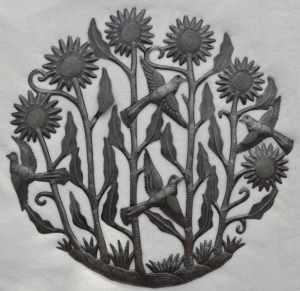Lost in Translation
It is shameful to me that, with the multitude of opportunities I have had throughout my life to change the fact, I am monolingual. Sad but true. English is the only language for which I have any real skill at all.
fact, I am monolingual. Sad but true. English is the only language for which I have any real skill at all.
Having spent time in several foreign countries for a significant portion of my adult life, it’s not like I couldn’t have learned. I just didn’t. Well, it’s not like I didn’t learn ANYTHING. I can order rice in Thailand in Thai, I can ask for directions in German, I can say my colors and numbers in French, and I can ask the Spanish-speaking guide in Ecuador how much further we have to walk through these mountains to get back to the car. But that is the pinnacle of my achievement.
Therefore, it is hard to be critical of our Haitian metal artists that write to me in English to give me their biographical information so that I can share their stories with our customers. In truth, I am impressed that they can do it at all. For that matter, I am impressed that they even try. Creole is the mother tongue in Haiti – a blend of French and West African languages – and my pidgin French is of little use between us. In fact, it gets me into trouble because I think I understand when I don’t. Or sometimes, I don’t understand that I don’t understand, which is even worse.
In the first place, Haitian names are elusive. Generally, Haitians call each other by their first names, but they write them family name first. So Wiseton Brutus is Wiseton to his friends, but he signs his name on his work as Brutus Wiseton. What I took to be a great propensity for naming boy children Brutus is actually just a very big family with many households in Croix-des-Bouquets. Notice that I said, “generally.” That’s because sometimes they both call each other and write their names first name first. Julio Balan is Julio Balan. The fun is figuring out who does what. It’s a pretty good game!
Then there is deciphering the information I receive. I give the artists questions to help them get started and one I often ask is where they get their inspiration for their art. Here is one recent response: “While i am on my bed thinking about my work and i see all artisant do the work i said let me try to do the different work.” I took that to mean that he thinks about what other artists are doing and he tries to come up with something else. Something unique. Awesome! Not a huge linguistic leap, and it’s a great artistic technique. So I took what I assumed he meant and that’s how I wrote it. (And my journalism professor just rolled over in his grave.)
and one I often ask is where they get their inspiration for their art. Here is one recent response: “While i am on my bed thinking about my work and i see all artisant do the work i said let me try to do the different work.” I took that to mean that he thinks about what other artists are doing and he tries to come up with something else. Something unique. Awesome! Not a huge linguistic leap, and it’s a great artistic technique. So I took what I assumed he meant and that’s how I wrote it. (And my journalism professor just rolled over in his grave.)
By far the most challenging are the shots out of the blue. The information offered is not related to anything I’ve asked, yet it is put down earnestly with every hope that it will be helpful to me and of interest to the people that buy their work. There have been many examples over the years, but here is my current favorite: “i in metal since when i was 15 years old i still work because i love my job i am a selibate.” Um. Yes. Some things are just lost in translation.
Contributed by Linda for It’s Cactus






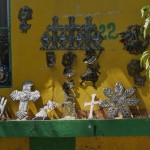
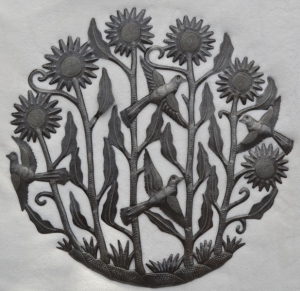





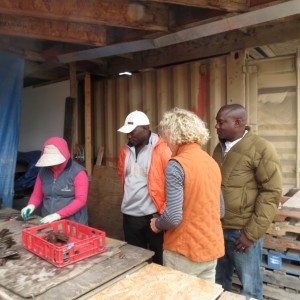

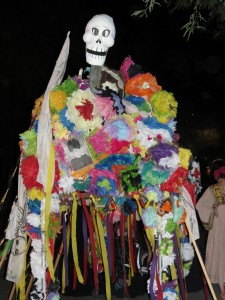
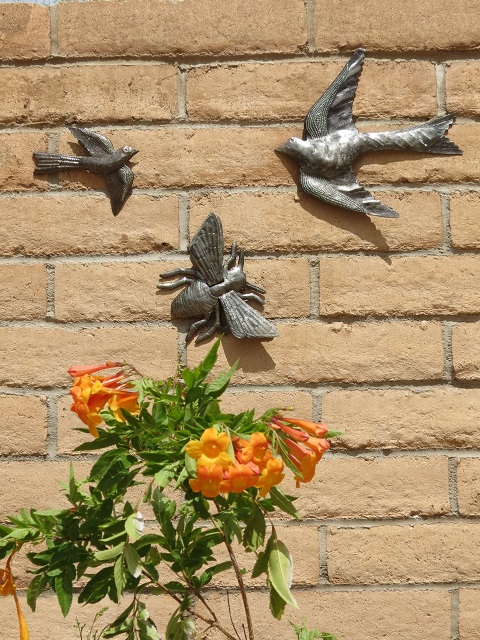
![3150[1]](https://blog.itscactus.com/wp-content/uploads/2014/02/31501.jpg)
![ad7395ccb8072aca766cd4ff4c9c7d81[1]](https://blog.itscactus.com/wp-content/uploads/2014/02/ad7395ccb8072aca766cd4ff4c9c7d811.jpg)
![images[10]](https://blog.itscactus.com/wp-content/uploads/2014/01/images10.jpg)
